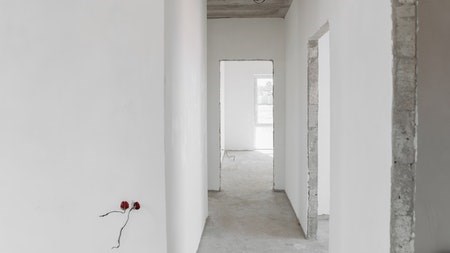Savvy property practitioners are aware that there is a need to better understand the characteristics of the homes they market and, in so doing, are becoming more technically informed. This practice gives such practitioners an edge because they appreciate that knowledge sells homes and often quicker.
Building an arsenal of information about a residential home is not purely about aesthetics or history but what lies beneath or, in this case, above; ceiling insulation! To understand the value of this product, especially in the current environment where Eskom load shedding and municipal power prices increases are negatively impacting consumers pockets, ceiling insulation can save a typical homeowner anywhere between 9-15% annually on utility bills, confirms a number of sources. One of them is Kevin Busby, Director of Fibre-Spec, an environmentally conscious ceiling insulation business.
“Gone are the days of cheap electricity, air conditioners, under-blanket heaters, oil heaters and the like as primary methods to regulate temperature comfort levels in homes, and not simply because of the financial impacts on their energy consumption, but also because it is legislated.”
Busby confirms that in 2011 the government added the ‘XA’ suffix to SANS 10400 as part of a greater focus on energy conservation in buildings. Since then, it has been mandatory for all new and pre-2011 renovated and altered residential roof assemblies to achieve an optimal thermal resistance (R-value) that meets specified targets as defined by a climatic zone table.
“The problem is that the majority of homeowners do not have much knowledge about ceiling insulation and, as a result, can be misled by unscrupulous installers, particularly when it comes to the compliant thickness of the insulation, relative to the type of the material quoted on or installed,” says Busby, “and those materials also have to conform with national building standards and tested in accordance with SABS testing protocols, particularly against fire to which a fire rating is applied.”
Types of ceiling insulation
There are a plethora of insulative materials used in SA, from Loose-Fill Blow, Thermo-Floc and Cellulose Fibre to Rolls or Blankets. The latter of which generically comprises a base of fibreglass or polyester. “Unlike Roll Blankets that need to cater for overlaps and require manual rolling out between the roof trusses and over brandering, Blow-in products provide a seamless cover of the ceiling space and covers all internal brickwork,” explains Busby.
“In some instances, reflective foil-type radiant barriers are also used in conjunction with bulk-insulation products, but this is where it gets technical in terms of calculating the R-values, with consideration given to, for example, how much dust falling onto the reflective material will impact on the efficacy of the product used.”
There is also a strong eco-angle being promoted by some ceiling insulators, especially those concerned about the perpetuation of a decades-old concern that insulative materials are carcinogenic. “These risks have largely been mitigated by modern-day technologies and production processes, but it remains a valid question to ask the installer should it be of concern to the homeowner,” confirms Busby.
Typical installation and future compliance
“A typical residential installation can be completed in roughly four hours, with access to the ceiling space through the roof tiles/sheeting or an internal trap door. Costs are calculated per square metre and should be recouped within 3-5 years considering current electricity costs and potential hikes,” says Busby.
This is an angle that property practitioners really need to push, but is it enough to just market to potential buyers’ cost savings and the advantages of scientifically proven products that optimise temperatures in the home? “No, not really,” answers Busby.
“There is a probability of insulation being regulated in the future, similar to that of the electrical compliance regime. So, from a resale perspective, the fact that the home has been suitably and adequately insulated is a future advantage and, thus, a significant contributor to the value of a property.”
Questions property practitioners and buyers should be asking the seller
Busby says that given the now popular work-from-home scenario, indications are that homeowners are actually researching the insulative options available. Property practitioners, therefore, also need to be equally informed. He has compiled a list of questions that should be asked of the home seller:
- What type of roof insulation has been installed: Blow-in or Roll Blanket?
- Has the product been SABS tested?
- What thickness is the insulation?
- Does the thickness conform to the climatic zone?
- What is the R-value of the installation?
- Are there any added chemicals in the product?
- What is the certified fire rating of the insulation material used?
“Finally, it is also crucial to ensure the installer is reputable and accredited with the material manufacturer, is using the correct materials and the applicable R-values,” concludes Busby.




